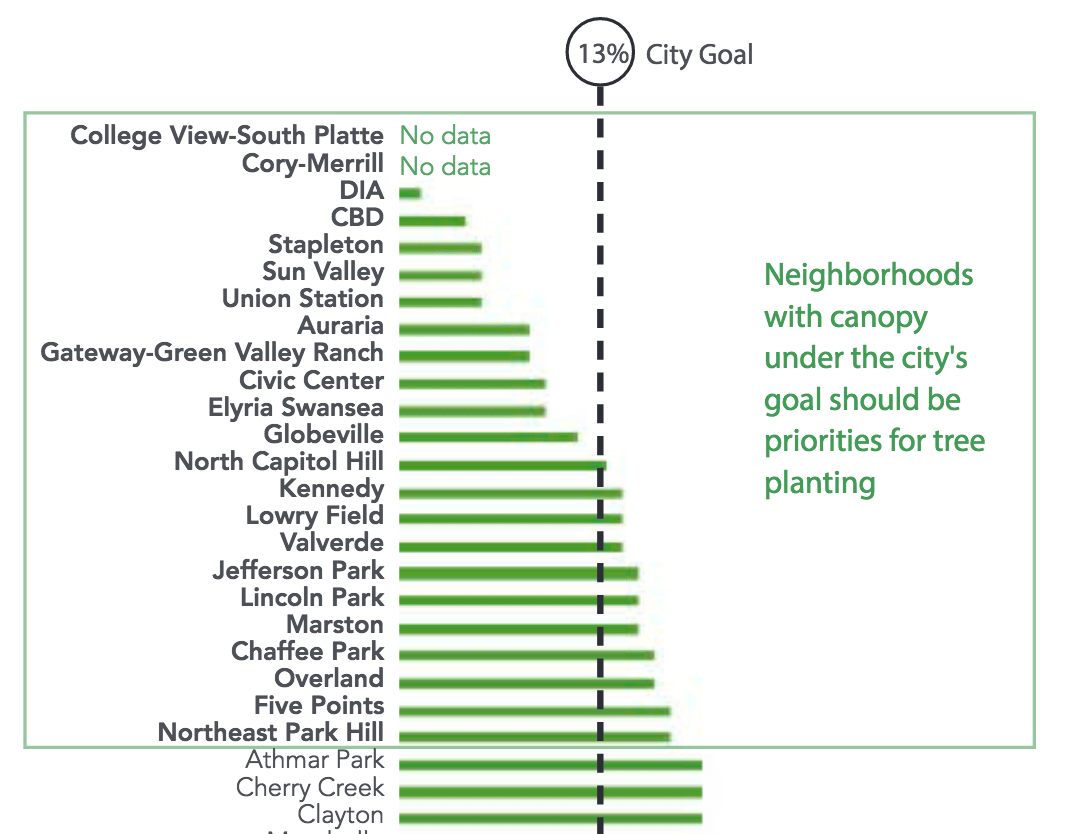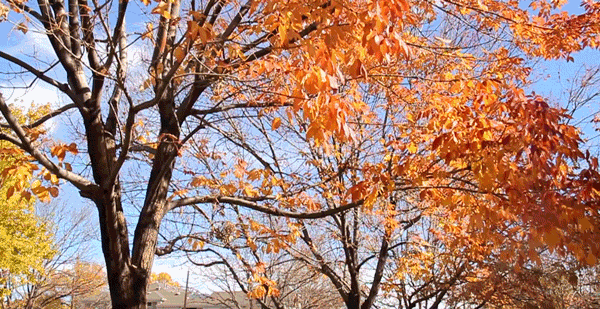Maybe you've seen the signs wrapped around Denver tree trunks cheekily telling you to "be a smart ash." They're the forestry department's way of reminding us that an army of exotic beetles is maneuvering south from Boulder to wipe out the city's stock of ash trees -- Denver's second-most prevalent shade provider.
The emerald ash borer beetles have claimed tens of millions of trees in America since they arrived in 2002, according to the U.S. Department of Agriculture. The insect knows no malice. It just likes to have its babies inside ash trees, which are bad insect parents. Ashes can't handle hosting the larvae and eventually die.
Worst-case scenario: Denver could lose more than 330,000 trees and about 17 percent of its canopy, according to Denver Parks and Recreation. The ash borer might even be here already, says Sara Davis, Denver's urban forestry manager. It just takes a couple of years after they land to say for sure.
"It's from people moving wood, from the prevailing winds, and insects can end up on vehicles. They hitchhike," Davis said. "It's just a matter of time, we think."
These freeloading beetles are one reason the Denver City Council approved two contracts Monday, worth $5 million total, to purchase thousands of trees. The city's forestry department aims to plant 3,000 trees a year through 2026, which would still leave a holey canopy should all the ashes fall down.

Other reasons for the tree contracts include walkability (shade makes walking in the Colorado sun eons better) and climate change. Denver's expected to get warmer and experience more extreme weather events in the decades to come, so it needs trees that can cope.
"We need something that's tough and drought tolerant," Davis said. "So it's about how do we find that unicorn of a tree that can survive our conditions and take on big snow loads and wind loads."
We don't know what those trees are... yet, Davis says. The city will cast a big net in terms of diversity, from broad-leaf deciduous trees to ornamental trees and evergreens.
Denver aims to have a canopy coverage of 18 percent citywide, according to the draft parks and rec plan. Our canopy sits at 13 percent now. Denver's goal is low compared to Austin, for example, which aims for 40 percent coverage, and Phoenix, which has a goal of 25 percent.
The forestry department should prioritize neighborhoods with the sparsest tree canopy, Davis said, and in areas that bear the brunt of the urban heat island effect, where temperatures rise because of pollution and the built environment. But that doesn't mean the neediest neighborhoods will get trees first. Other factors, like new sidewalks, will delay saplings in some neighborhoods. (You don't want to plant a tree if it's going to be ripped back up a year later.)
Here are two links to click if you a.) want to zoom in on your neighborhood and know everything about trees including how thick they are, b.) see how your tree(s) benefit the city, and c.) want to see which trees are where, and where new saplings will be planted (this site is down for maintenance but will be up and running Tuesday).













